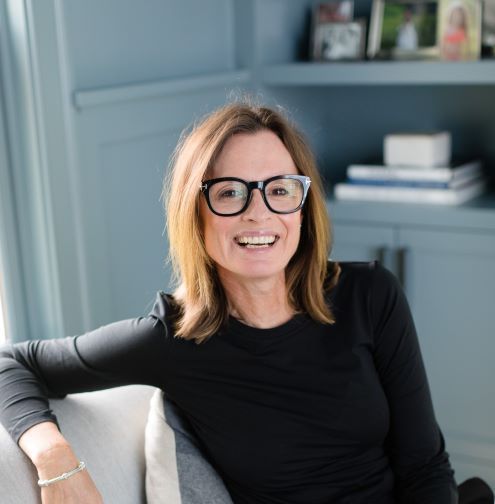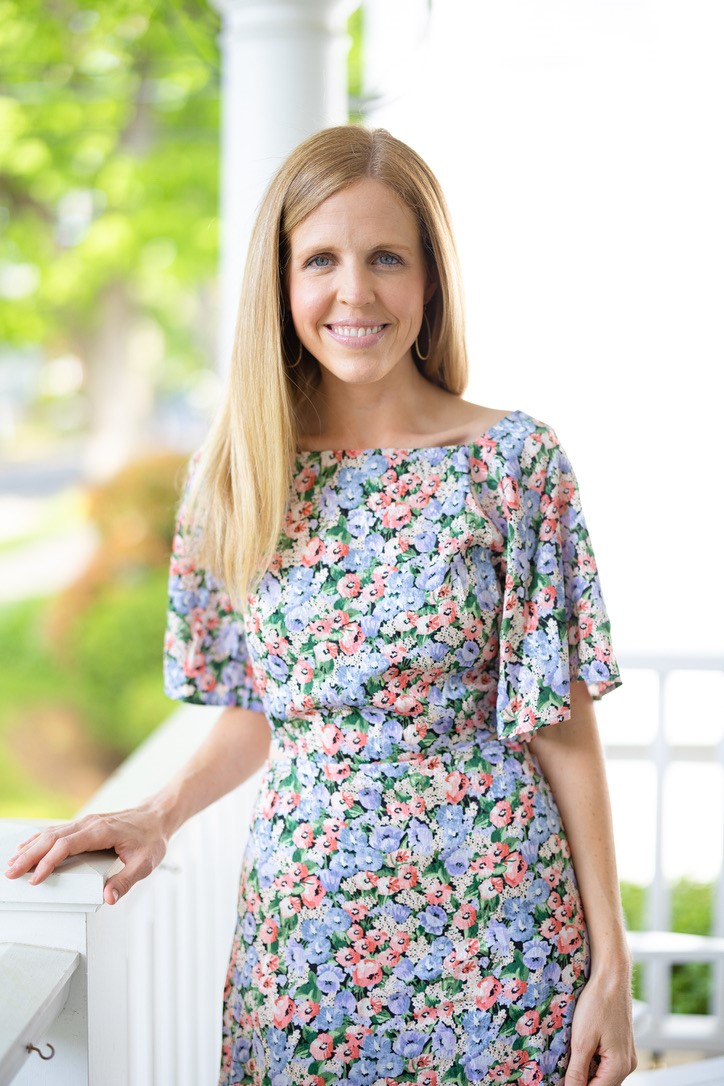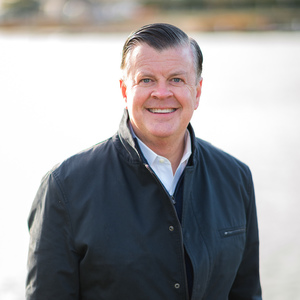 “Bjorn Okholm Skaarup: Carnival of the Animals,” the new exhibit at the Bruce Museum in Greenwich, will bring joy to both serious art lovers and children and grandchildren.
“Bjorn Okholm Skaarup: Carnival of the Animals,” the new exhibit at the Bruce Museum in Greenwich, will bring joy to both serious art lovers and children and grandchildren.
By Arthur Stampleman
 “Bjorn Okholm Skaarup: Carnival of the Animals,” the new exhibit at the Bruce Museum in Greenwich, will bring joy to both serious art lovers and children and grandchildren. The world has seen animal sculptures since antiquity, but it is doubtful there have been many like those of this contemporary Danish sculptor.
“Bjorn Okholm Skaarup: Carnival of the Animals,” the new exhibit at the Bruce Museum in Greenwich, will bring joy to both serious art lovers and children and grandchildren. The world has seen animal sculptures since antiquity, but it is doubtful there have been many like those of this contemporary Danish sculptor.
 The title of the exhibit is derived from an orchestral suite by French composer Camille Saint-Saens, which translates animal attributes into joyous music. Skaarup, similarly, creates sculptures that delight viewers. Two-dozen of his sculptures are in the Bruce exhibit. Greeting visitors at the museum’s entrance is a world map of the continents etched on a granite base on which there are seven bronze animals, each uniquely native to its own continent.
The title of the exhibit is derived from an orchestral suite by French composer Camille Saint-Saens, which translates animal attributes into joyous music. Skaarup, similarly, creates sculptures that delight viewers. Two-dozen of his sculptures are in the Bruce exhibit. Greeting visitors at the museum’s entrance is a world map of the continents etched on a granite base on which there are seven bronze animals, each uniquely native to its own continent.
While Skaarup’s figures are anatomically realistic, they are all put in unusual settings or positions. Part of the enjoyment of the show is discovering the inspiration behind each work.
 In Rhino Harlequin and Hippo Columbine, the two pachyderms are dressed as characters in love with one another from Commedia dell’arte. When you look closely at the hippo you’ll also think of Degas’ Little Dancer of 14 Years and the dance of the hours in “Fantasia.”
In Rhino Harlequin and Hippo Columbine, the two pachyderms are dressed as characters in love with one another from Commedia dell’arte. When you look closely at the hippo you’ll also think of Degas’ Little Dancer of 14 Years and the dance of the hours in “Fantasia.”
Batrachomyomachia (The Battle of the Frogs and Mice) [translation: a silly altercation] refers to an ancient Greek parody from Homer’s “Iliad.” In this imaginary battle, the mice are dressed as Hoplites (Greek city-states citizen-soldiers). Their combatants, Trojan frogs, are dressed in Persian armor and riding on hermit crabs.
Laocoön was the priest who attempted to expose the Trojan horse that the Greeks used to enter the city of Troy and win a war. In the Hellenistic marble statue on display at the Vatican, we see God’s punishment: Laocoön and his sons struggling to survive the attack of deadly snakes. In Skaarup’s Laocoön Revisted, chimpanzees playing with a soccer ball are tied up with a garden hose near a garden drain.
You’ll also delight in The Kangaroo, astride a pogo stick, and The Ostrich, fitted out with essential flying equipment.
 Skaarup creates his pieces using the lost-wax casting method. He begins by making his piece in clay. A mold is made around this clay model. From this, a duplicate of the original clay model is made. The second model is covered in wax, which the artist then sculpts to a high-degree of finish. Next, it is set into a new ceramic mold called an “investment.” When the mold is heated, the wax will drain out of it, leaving space for the fluid bronze. After the bronze has cooled, the ceramic mold is carefully removed. Finally, decoration may be added to the bronze.
Skaarup creates his pieces using the lost-wax casting method. He begins by making his piece in clay. A mold is made around this clay model. From this, a duplicate of the original clay model is made. The second model is covered in wax, which the artist then sculpts to a high-degree of finish. Next, it is set into a new ceramic mold called an “investment.” When the mold is heated, the wax will drain out of it, leaving space for the fluid bronze. After the bronze has cooled, the ceramic mold is carefully removed. Finally, decoration may be added to the bronze.
Skaarup was born in Rudkøbing, Denmark in 1973. He studied in Copenhagen and Florence and now lives in Florence and New York City.
The exhibit ends January 3. The Bruce Museum is located off I-95 exit 3 in Greenwich. Hours are 10 to 5 Tuesday to Saturday, and 1 to 5 Sundays. Docent tours are offered most Tuesdays at 1:30 and Fridays at 12:30. For more information, contact 203-869-0376 or www.brucemuseum.org.















